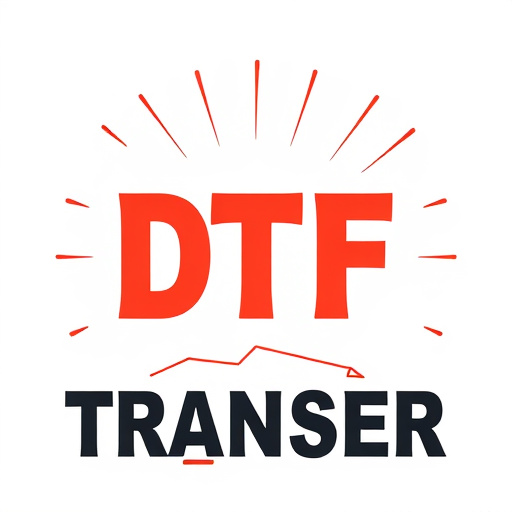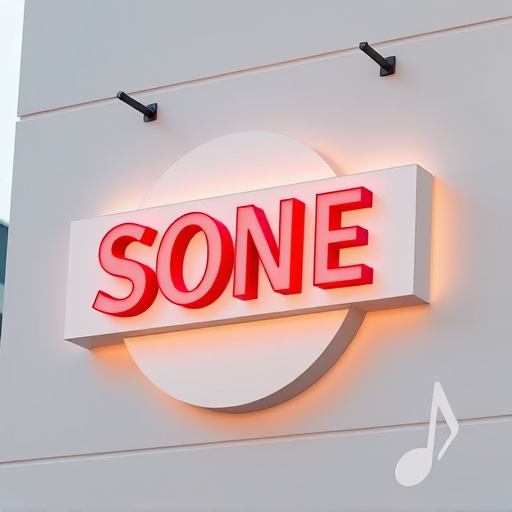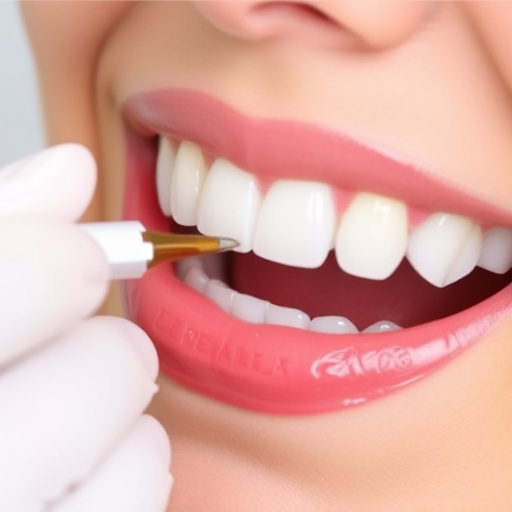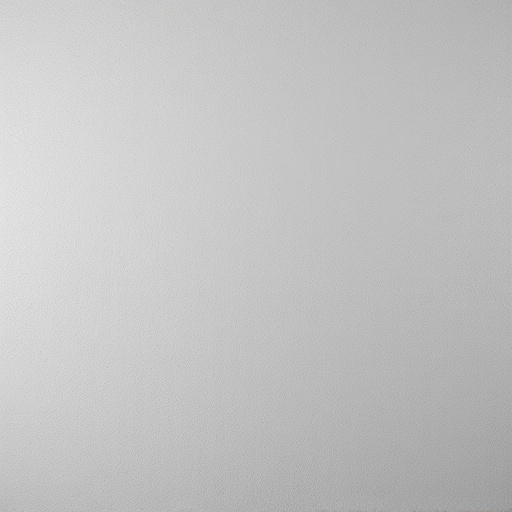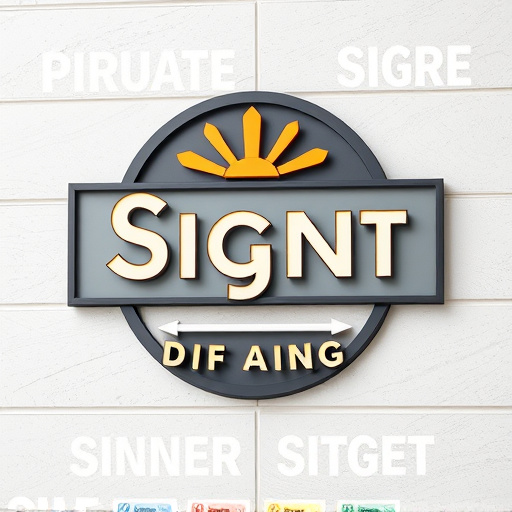Budgeting for marketing materials design requires balancing cost-efficiency and quality. Streamline processes, use free software, prioritize custom graphics, and optimize spending to reduce costs. Measure ROI by tracking key metrics like click-through rates and conversions to align design with business goals. Data-driven decisions maximize return on investment in the marketing materials design process.
In today’s competitive landscape, high-quality marketing materials design is essential for standing out. However, managing budgets effectively can be a challenge. This article guides you through the process of budgeting for top-tier marketing materials design, offering insights into understanding costs, reducing expenses without sacrificing quality, and measuring ROI. By implementing these strategies, businesses can create impactful designs that drive results while optimizing their marketing investments.
- Understanding Marketing Materials Design Costs
- Strategies to Reduce Budget without Compromising Quality
- Measuring ROI for Effective Marketing Investments
Understanding Marketing Materials Design Costs
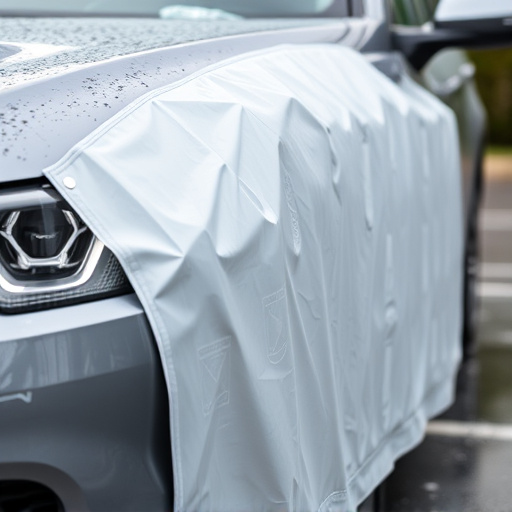
Understanding Marketing Materials Design Costs involves recognizing that prices can vary widely based on several factors. Key among these are the complexity and size of the project, whether digital or physical materials are required, and the level of customization needed. For instance, designing a simple logo for your business will cost less than creating an elaborate branding package complete with guidelines for future use.
When considering marketing materials design, think beyond just the initial creation. Costs also encompass secondary services such as printing (for brochures or flyers), installation (like vehicle wraps or window tinting), and maintenance (like paint correction to keep your signs looking fresh). Budgeting for these elements ensures your overall marketing strategy is both effective and cost-efficient in the long run.
Strategies to Reduce Budget without Compromising Quality

When budgeting for marketing materials design, it’s essential to find a balance between cost-effectiveness and high-quality results. One effective strategy is to focus on streamlining processes without sacrificing creativity. For instance, reevaluating the frequency of printing or switching to digital formats for certain promotional items can significantly reduce expenses. Additionally, leveraging free or low-cost design software and templates can cut down on production costs while still delivering visually appealing marketing materials.
Another approach is to prioritize quality over quantity. Investing in custom graphics and high-quality finishes like paint correction can elevate the overall look and professionalism of your designs. This strategic allocation of resources ensures that even with a smaller budget, you can create impactful and durable marketing pieces. Remember, the goal is to optimize your spending to achieve maximum visual impact without compromising the integrity of your brand’s message through design.
Measuring ROI for Effective Marketing Investments
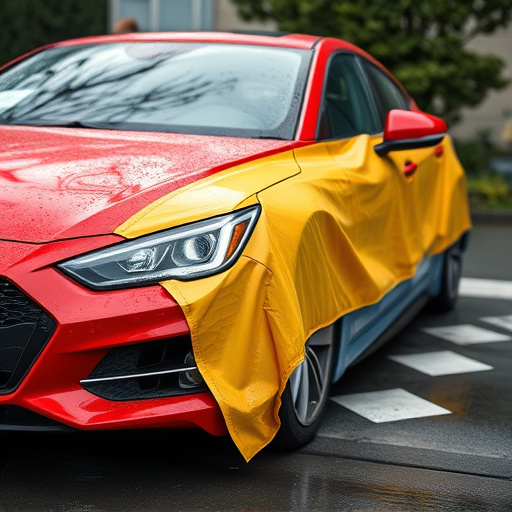
Measuring the return on investment (ROI) for marketing materials design is a crucial step in determining the effectiveness of your spending. By tracking key metrics like click-through rates, conversion rates, and cost per acquisition, you can assess which strategies drive the most value for your business. High-quality finishes on brochures, professional paint correction services for vehicle wraps, and application of protective coatings on signs are all examples of marketing materials design investments. These tangible assets not only enhance visual appeal but also serve as a reflection of your brand’s quality and professionalism.
To maximize ROI, it’s essential to align your marketing materials design with specific business goals. For instance, if you’re aiming to increase online sales, invest in visually compelling e-commerce landing pages designed to convert visitors into customers. By quantifying the impact of these investments, you can make data-driven decisions and continually optimize your marketing spend for optimal results.
Creating high-quality marketing materials design doesn’t have to break the bank. By understanding cost drivers, implementing strategic cost-saving measures, and closely measuring return on investment (ROI), businesses can achieve impactful results without overextending their budgets. Prioritizing visual storytelling, leveraging digital tools, and collaborating with flexible designers are key strategies for achieving effective marketing materials design that aligns with your goals without compromising quality or draining resources.

